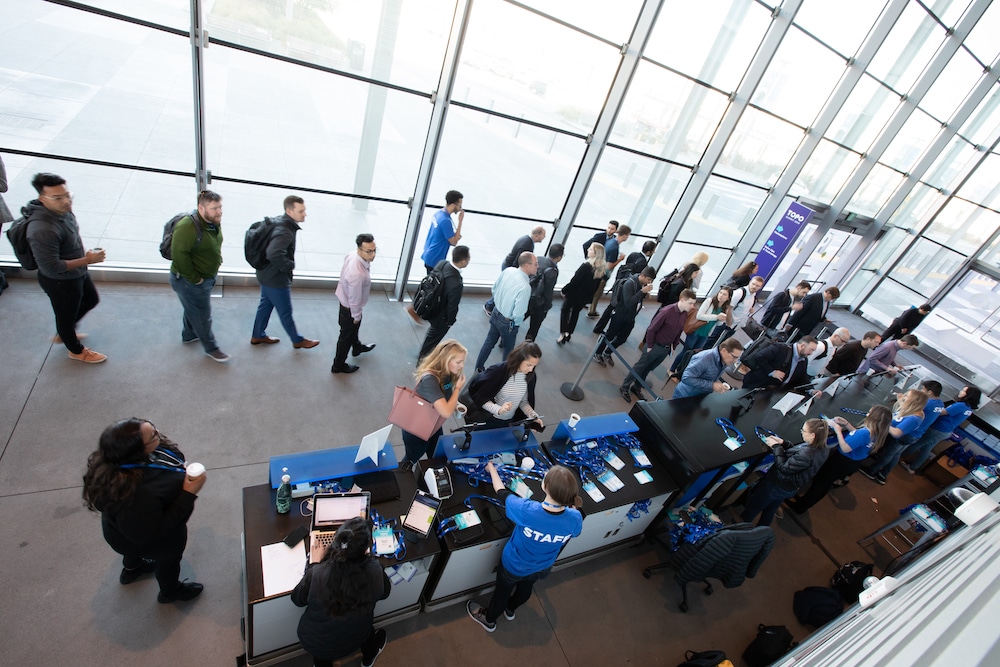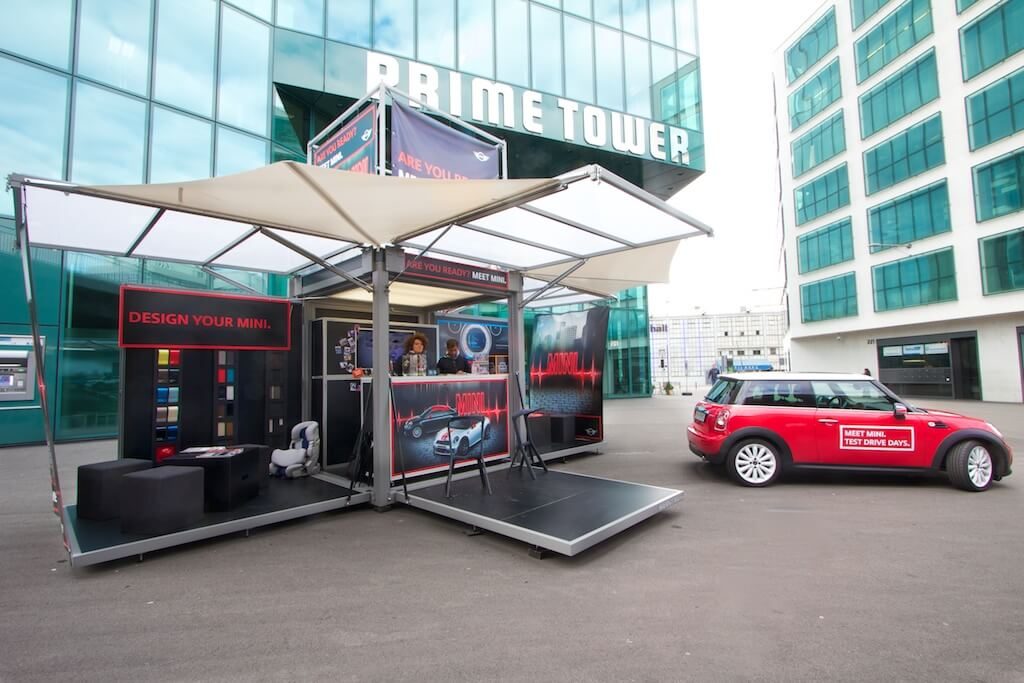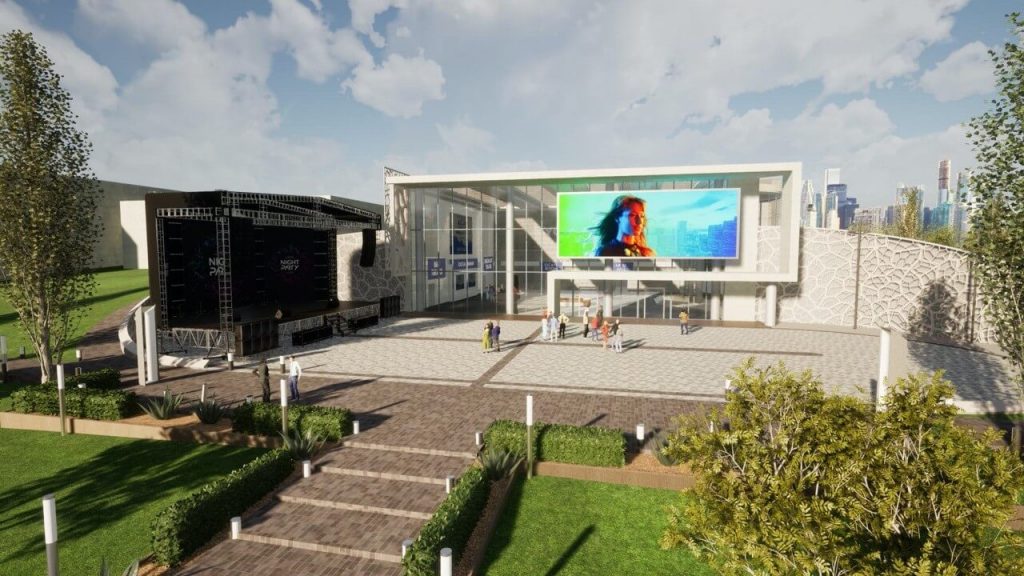Part of organizing a corporate event involves deciding what you want the event to look like. This includes choosing a venue and, depending on the event, decorating or furnishing the space so it’s appropriate for your purpose. Choosing a dress code is also part of this process because what people wear also contributes to how the event looks and feels. How do you go about choosing the right corporate event dress code?
What’s the Point of Choosing a Dress Code?
Setting a dress code for a corporate event is useful for two reasons:
- It’s the easiest way to make sure everyone will be dressed appropriately for the occasion. If the event is an evening awards banquet, a black-tie dress code ensures everyone wears formal attire. On the other hand, if your corporate event is a family-friendly company picnic, anyone who shows up in formal dress is likely to have a terrible time. Setting a dress code ensures everyone wears clothes that are suitable for the activities they’ll be taking part in at the event.
- It’s helpful for the people who are attending the event. When the dress code is clearly stated, every attendee knows exactly what is expected of them. It’s easier to decide what to wear, and nobody has to worry about whether they’re dressed appropriately. And, again, by following the dress code, attendees can easily choose attire that’s suitable for whatever they’ll be doing at the event.
Dress Code Options for Corporate Events
Casual Dress Code
Casual is the no-dress-code dress code. When an event invitation or event website says “casual,” it means attendees can wear whatever they’re comfortable in—within reason, of course. Even if the dress code says casual, it’s still generally accepted that nobody’s going to show up in ripped jeans and flip-flops.
- Jeans and a shirt, with sneakers or other casual footwear, is fine for a casual dress code.
- Skirts or dresses are okay but should be dressed down, with minimal styling.
- Avoid dress shoes and high heels.

Business Casual
This is the least formal option for a corporate event dress code, but it’s important to remember that business casual does not mean everyday casual. The casual part just means it’s not required to wear a full suit and tie.
- Casual pants such as chinos or khakis, with a polo or dress shirt, and sweater or vest
- A simple skirt paired with a dressy top
- Dress shoes, loafers, closed-toe flat shoes, or pumps with low heels
Business Formal
This is the most formal business attire. It typically means choosing darker solid colors and avoiding bright colors and patterns.
- Navy or charcoal suit, with a light-colored dress shirt, tie, and optional pocket square
- Dresses and skirt suits should be knee-length, with conservative color choices. Skirts should be paired with a collared blouse or shirt.
- Shoes should be closed-toed, and any jewelry should be understated rather than flashy.
- Avoid fabrics that are sparkly, shimmery, or neon.

Business Professional
A business professional dress code is similar to business formal, but is more flexible, as it’s not necessary to wear a complete suit.
- Pants or a skirt, teamed with a collared shirt, a tie for men, and matching jacket or blazer
- Conservative shoes, such as lace-ups or loafers, low-heeled pumps, or flats
Semi-Formal/Cocktail
When it comes to evening wear, there are no casual categories: It’s either formal, or less formal. The main thing that differentiates these categories is the length of women’s gowns.
- For men, a dark suit with tie
- Cocktail dresses are generally knee-length or just above the knee. Maxi gowns can also be appropriate for this category.
- Dress shoes, heels, and open toes are all fine in this category.
Black Tie/Formal
Black tie is the most common option for formal evening wear.
- Tuxedo with vest, tie, cummerbund, and cufflinks. The tuxedo should be black and the shirt white. The cummerbund and tie should match one another but don’t have to be black.
- If it’s black-tie optional, men can wear a tuxedo or opt for a black suit with a white shirt and dark tie.
- Dresses should be ankle- or floor-length.
How to Choose the Right Dress Code for Your Corporate Event
For most corporate events, you’ll have up to four possible dress code options: Four for daytime events and two or three for evening events. This makes it fairly easy to narrow down your options and pick what’s most appropriate for any given event.
For evening events: Generally, you’ll choose between business casual, semi-formal, and black tie. To choose the right dress code option, match the formality of the occasion with the dress code style. For instance:
- For an evening networking session or an after-hours party during a week-long conference or trade show, go for business casual.
- Holiday parties are typically business casual or semi-formal.
- A sit-down banquet, awards dinner, or gala is usually a black-tie event.
For daytime events: At daytime events, it’s either casual dress or one of the three business options. The formality of the event and the activities people will participate in should dictate the dress code. For branded events, it may also depend on whether the event is representing a corporate brand or a non-corporate brand.
- A company picnic or a day of team-building exercises will typically be casual dress.
- Business casual and business professional are the norm at events such as trade shows, conferences, and networking sessions.
- For events that represent a non-corporate brand, business casual is preferred.
- When a corporate brand is hosting the event, it’s business professional or business casual, depending on the nature of the event.
- For events that are strictly focused on business in a corporate or in-office setting (rather than off-site at a trade show, for instance), business professional is the way to go.

The Right Corporate Dress Code Matches Attire to Function
Getting the dress code right for a corporate event is a lot easier than it appears at first glance! Once you know what each kind of dress code entails, it’s usually a simple task to match an event to the appropriate dress code. Providing the level of formality matches the location and purpose of the event, it’s hard to go wrong.









